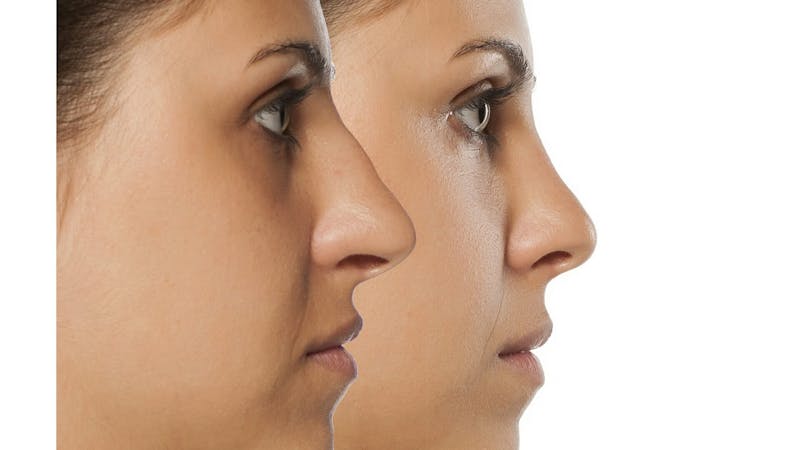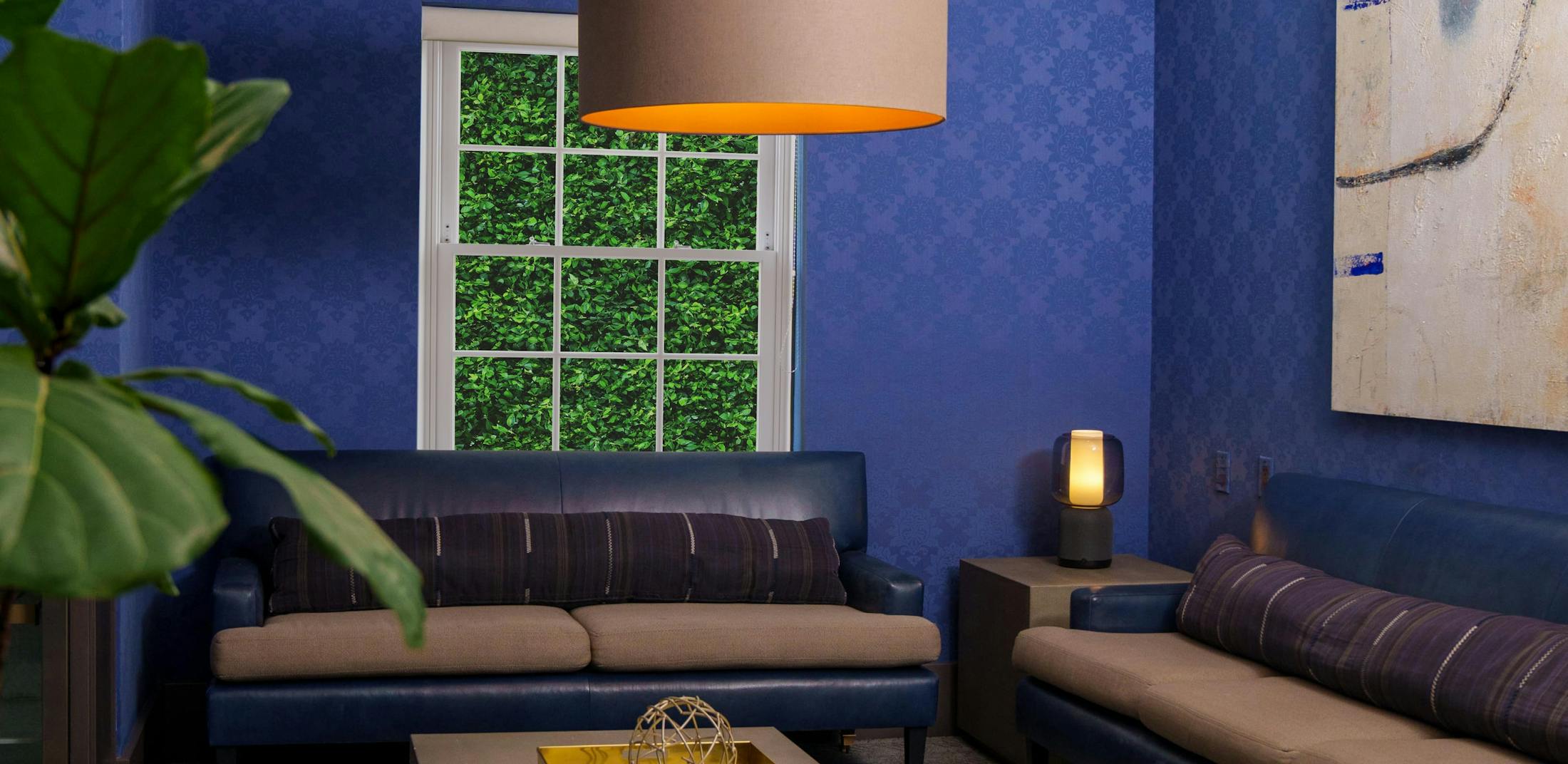
Rhinoplasty, commonly referred to as a nose job, is a popular plastic surgery procedure that can significantly alter the appearance of the nose. While the benefits of the procedure can be life-changing, one common side effect that some patients experience is swelling. The recovery period after rhinoplasty does vary but typically involves a few weeks of swelling and discomfort.
For many individuals, the holidays are a popular time to undergo rhinoplasty due to time off from work or school. However, it is important to keep in mind that swelling and bruising can be more noticeable during this time, which can impact social activities and events. Additionally, the colder weather and dry indoor air can exacerbate swelling and discomfort.
In this article, we will explore some tips and advice for managing rhinoplasty swelling during the holiday season. By following these tips, patients can minimize any swelling and discomfort, so they can enjoy the holidays as much as possible.
What Are the Different Stages of Swelling From Rhinoplasty?
Rhinoplasty is a surgical procedure that involves altering the structure of the nose. Swelling is a common side effect of rhinoplasty and can last from several months to one year after the procedure. Understanding the different stages of rhinoplasty swelling can help patients manage their expectations as they prepare for the recovery process.
Below are the most common types of swelling after rhinoplasty:
Immediate Swelling: After nose job surgery, the patient’s nose is bandaged and packed with gauze to control bleeding and reduce swelling. This stage can last for a few days to a week, depending on the patient.
Acute Swelling: This stage typically occurs within the first week after surgery, when the bandages and packing are removed. Around this time, some patients experience mild swelling as the initial results of their procedure appear.
Subacute Swelling: This stage occurs within the first few weeks after surgery. Although most of the initial swelling has subsided, the nose may still have a bruised appearance. Patients may also experience some residual discomfort or sensitivity.
Chronic Swelling: Chronic swelling can last for several months after surgery and may be accompanied by stiffness. This is normal and typically resolves over time.
It is important to note that every patient is different, and the recovery process does vary. Factors such as the extent of the procedure, the patient’s overall health, and the surgeon’s technique can all impact the duration and severity of swelling.
How to Manage Rhinoplasty Swelling During the Holidays
Managing swelling after rhinoplasty is an important aspect of the recovery process. Patients can help to reduce swelling by following their surgeon’s post-operative instructions, including keeping the head elevated, avoiding strenuous activity, and applying ice packs as directed. It is also important to stay hydrated and avoid salty or processed foods, as these can contribute to swelling.
Swelling is a common side effect of rhinoplasty, a surgical procedure that involves altering the structure of the nose. While some swelling is normal and expected during the recovery process, there are several things that patients can do to help manage rhinoplasty swelling. Here are some tips:
Keep the head elevated: To prevent swelling and help quicken healing, patients should keep their heads elevated when sleeping during the first few weeks of surgery. They should also avoid bending down or lifting heavy objects.
Apply cold compresses: Applying cold compresses or ice packs to the nose can help to reduce swelling and discomfort. Patients should follow their surgeon’s instructions on how often and for how long to apply cold compresses.
Stay hydrated: Staying hydrated is important for overall health and can help reduce swelling. Patients should drink plenty of water and avoid alcohol and caffeine, which can dehydrate the body.
Avoid salty or processed foods: Salty or processed foods can contribute to swelling, so patients should avoid them during the recovery period. Instead, they should focus on eating a healthy, balanced diet that includes plenty of fruits and vegetables.
Follow post-operative instructions: Patients should carefully follow their surgeon’s post-operative instructions, including taking any prescribed medications and attending all follow-up appointments. This helps ensure that the rhinoplasty recovery process is progressing as expected and that any complications are addressed promptly.
Consider using nasal sprays or other medications: In some cases, patients may require nasal sprays or other medications to help reduce swelling and promote healing. Patients should follow their surgeon’s instructions on how to use these medications.
When to See a Nose Job Surgeon for Rhinoplasty Swelling
After rhinoplasty surgery, it is common for patients to experience some degree of swelling, which can take several weeks or months to fully subside. However, there are certain situations where patients should contact their surgeon regarding swelling or other symptoms. Here are some examples:
Sudden or severe swelling: While swelling is normal after rhinoplasty, sudden or severe swelling can indicate a problem such as infection or bleeding. Patients should contact their surgeon if they experience any sudden or severe swelling.
Increasing pain or discomfort: Patients may experience some pain or discomfort after rhinoplasty, but this gradually improves over time. If patients experience pain or discomfort that worsens instead of becoming better, or if it is accompanied by fever or chills, or other symptoms, it’s important to contact their surgeon immediately.
Changes in nasal appearance: While the final results of rhinoplasty may not be visible for several months, patients should contact their surgeon if they notice any sudden or significant changes in the appearance of their nose, such as asymmetry or distortion.
Difficulty breathing: If patients experience difficulty breathing after rhinoplasty, it could be a sign of a problem, such as a deviated septum or other obstruction.
Concerns about the healing process: Patients should contact their surgeon if they have any concerns or questions about the healing process, including the duration or severity of any swelling.
Key Takeaways
Patients should attend all follow-up appointments to ensure that the healing process is progressing as expected and to address any concerns or complications.
In conclusion, swelling is a common side effect of rhinoplasty and can last for several months after the procedure. Understanding the different stages of rhinoplasty swelling can help patients to manage their expectations and prepare for the recovery process. By following their surgeon’s post-operative instructions and attending all follow-up appointments, patients can help to reduce swelling and promote healing.
To learn more about rhinoplasty or what to expect during recovery, contact Torkian Facial Plastic Surgery today .

